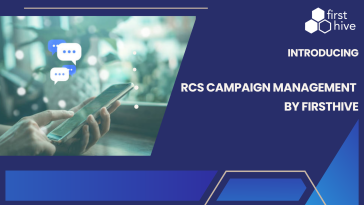
Marketing, as a concept, has ever been evolving. We learn new concepts as and when sellers tries different efforts to convince buyers. Before 1900s, there wasn’t any such enforcement required from seller side to sell the products or services. The need of modern marketing mainly came into picture after Industrial revolution when multiple companies manufactured similar product and compete with each other to sell more. But then, they have only one agenda – Quality works.
Post Industrial Revolution:

Mid 90s saw a revolution in manufacturing industries. This led to the availability of products people wanted to own, and so the buying process. Although the roots of modern marketing can be seen in that period, sellers were not very keen on influencing or convincing buyers to buy their product. They believed that if the product is of good quality and available at a reasonable price, there is no reason that people won’t buy it. Seemed logical then, but not today.
1960s: Caveat Emptor

Following industrial revolution, there was no such competition in the market since manufacturers didn’t get into business in which a major player is already existent. This created monopoly and exploitation of customers. The marketing funda used in that era was simple – Products will sell itself, even if it was not of top quality. In fact, they used to sell at higher prices since customers had a very little choice.
1980s: Caveat Vendor

When more manufacturers started to enter the market, selling became more competitive. It was the first time in the marketing that customer’s point of view was taken in the production as well as marketing process. Prices came down, but at the expense of quality. Competition used to be so aggressive that sales incentives was introduced into sales process. Sales team were given targets and were forced to sell, no matter what.
1990s: Social Marketing

Marketers began to realize that customers have more disposable income in hand and that they doesn’t really care about cheap prices. They need better products with more utility. And yes, there was this over-growing concern to safeguard environment and society in what you do. So, a new marketing concept was born, termed as Social Marketing. Theory was this that if product has been developed keeping in mind the quality, environment and social concerns, it is more likely to sell. Marketers started to promote the quality accreditation, eco-friendly products, donations and CSRs etc. This concept is also known as Holistic Marketing.
2000s: Customer Experience Marketing

The new millennium brought itself the sense of marketing that works towards satisfying customers. The whole customer journey with the brand was the priority of many marketers. Starting from the first touch-point to purchase to post-purchase service, marketers began to design best customer experience ever. It is believed that customers stick to the brands and advocate it further, if they are treated well. It is equally important as the quality of the product/service. This is where the use of marketing technology came into the picture. Businesses started to adopt marketing applications to both understand customers, and have a personalized communication with them. That is all to improve customer experience.
Cross-channel marketing applications like FirstHive are boon to marketers in this era. FirstHive lets marketers create and send beautiful email, SMS and social media marketing campaigns, and track the performance in real-time. It also gives an integrated view of customer behavioral data collected from across multiple channels.
Well, today we are continuing with Customer Experience marketing with technological help. Be it content marketing, digital marketing, AI marketing or SEO, everything is aimed towards improving customers experience with your brand. For now, we’ll continue focusing on it.








